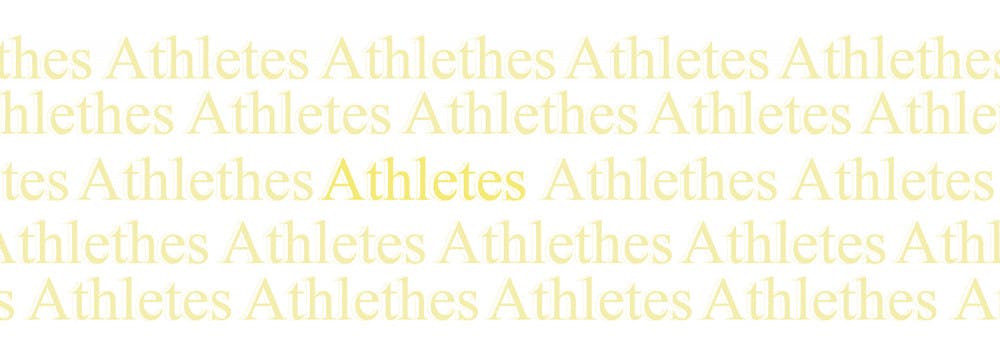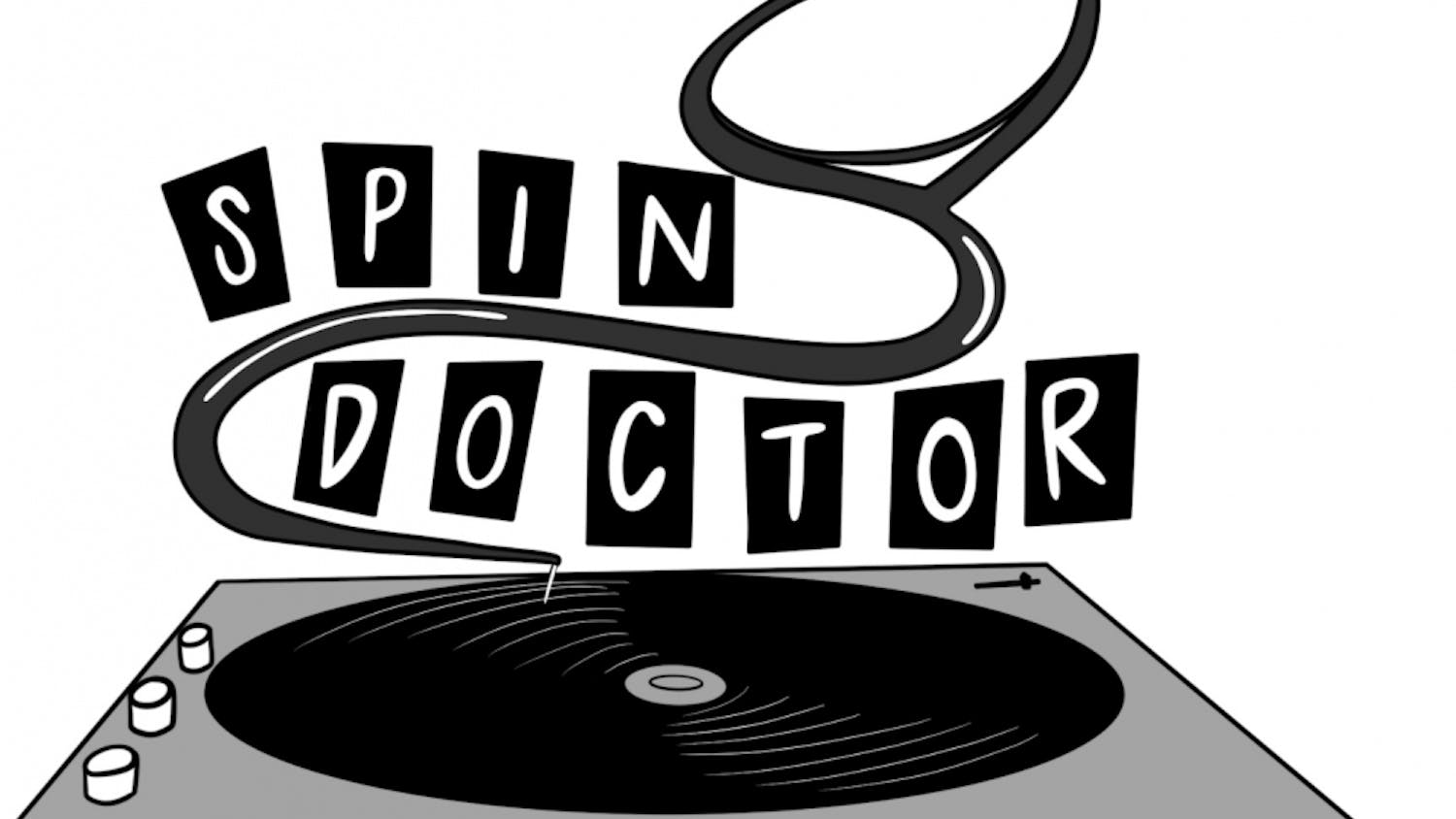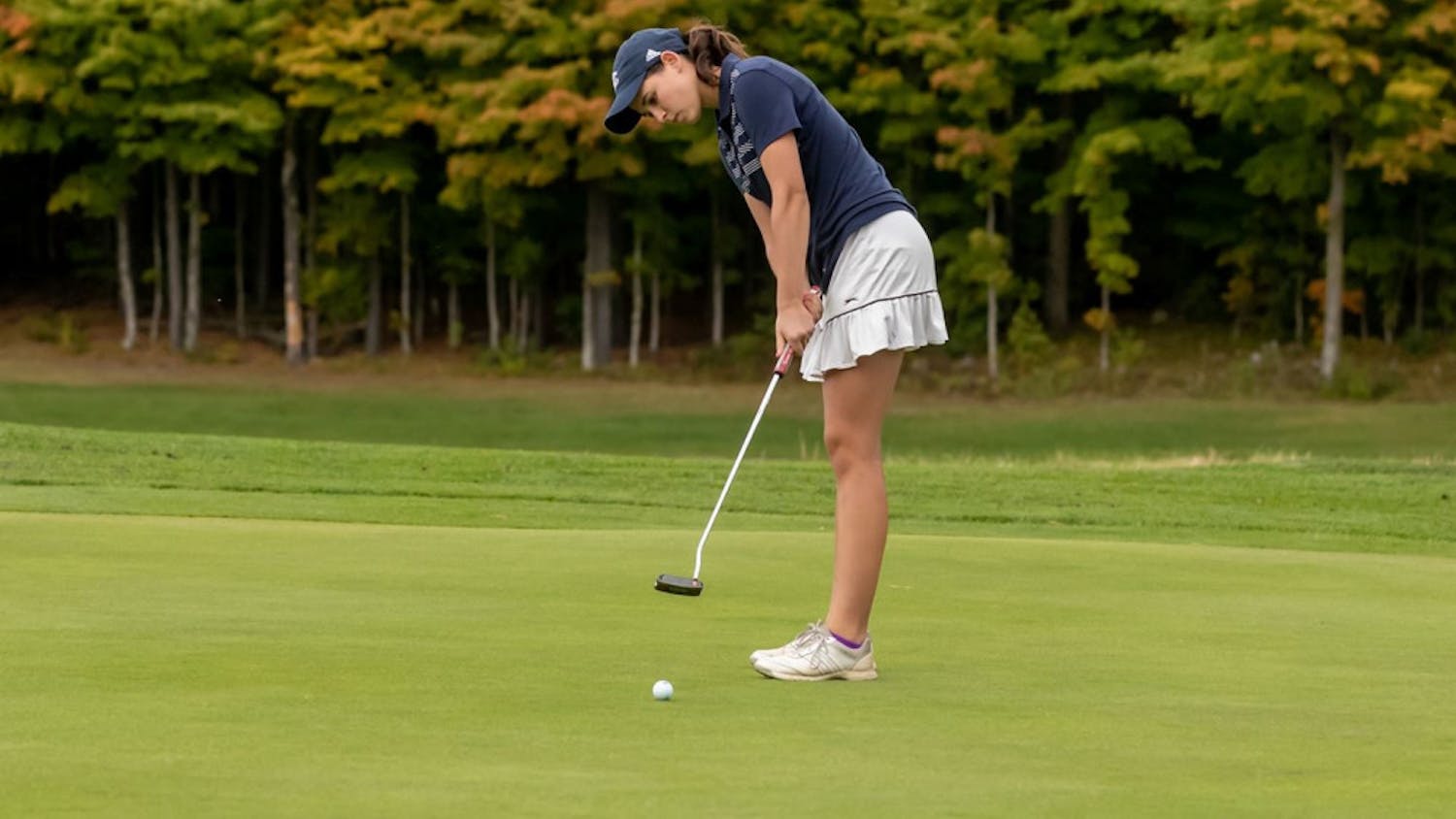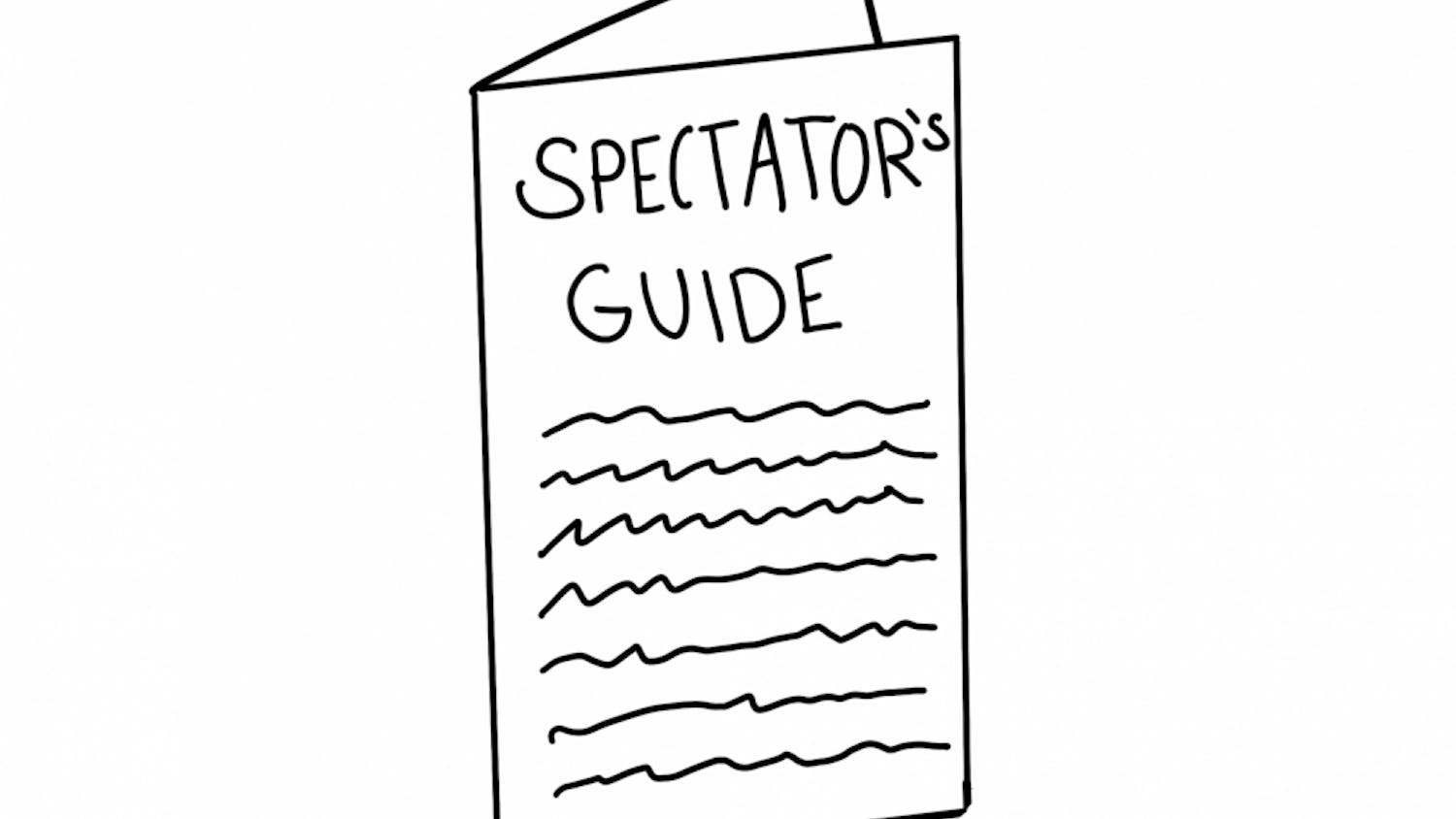Campus lore suggests that varsity athletes at Middlebury are socially liberal, fiscally conservative economics majors. Some stereotypes surrounding varsity athletes are rooted in truth. Zeitgeist reveals, however, that the stereotypical image of a Middlebury athlete is not indicative of athletes as a whole.
Political Views
When comparing social and fiscal views, most students in general, varsity athletes included, reported being socially and fiscally liberal. For both student athletes and the general student body, individuals’ social and fiscal values went hand in hand
In line with conventional belief, athletes demonstrated a slightly stronger likelihood of holding socially liberal and fiscally conservative values, as evidenced by the bigger size of the dots in the upper left quadrant of the varsity athlete political spectrum graph. However, the range of political values remained mostly consistent between varsity athletes and the overall population sample.
Academics
While 16% of Zeitgeist survey participants were varsity athletes, they are represented disportionately in certain majors. Athletes made up 30% of surveyed economics majors. Additionally, 21% of all neuroscience majors and 23% of all psychology majors were varsity athletes.
Sexual Activity
Another stereotype about athletes is that they may have more sexual partners than non-athletes. Both groups of students most commonly engaged in consensual sexual activity in the last 12 months with one to three partners, with 53% of athletes and 55% of non-athletes falling into this category. However, 23% of athletes had 4-6 partners compared to 13% of non-athletes.
Financial Aid
11% of varsity athletes reported being on financial aid, while 21% of non-athletes were on financial aid. This disparity in financial-aid recipients could reflect the expenses involved in nurturing athletic talent over an athlete’s career. Varsity athletes who are playing at the Division III level likely practiced their sport via private lessons or through a traveling club, both of which can be costly ventures.
Loneliness
One in five non-athletes feel lonely once a day, while one in 10 athletes feel lonely once a day. Research has shown that there is an loneliness epidemic on college campus in today’s age of social media, especially during a student’s first year. Many athletes seem to forge strong bonds with their teammates, which could be why athletes are slightly less likely to feel lonely.
Dining Halls
General student population preferences were fairly evenly split between Proctor, Atwater and Ross Dining Halls, with 39% of the student body preferring Proctor. Varsity athletes were slightly more likely to opt to go to Atwater, which captured 39% of varsity athletes’ top choice.
Comments




